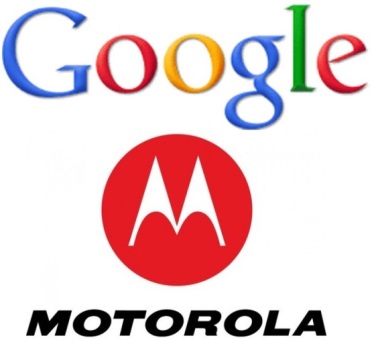
1) Symbian is a sinking ship - the downfall of Nokia
Times have changed and Android and iOS have blown Symbian out of the water. It is still desperately clinging on in some parts of the world but for most it just doesn’t come close to today’s expected level of standard.

2) Windows 7 OS may be too little too late - the downfall of Nokia
Microsoft was even later in latching on to the smartphone advancements than Nokia, and that’s saying something. So far, few consumers have been keen to switch to a Windows Phone 7 device. In this case two wrongs will make one huge wrong.

3) MeeGo is a NoGo - the downfall of Nokia
Back in June it was announced that the Linux-based OS would run on the flagship N9, but it didn't take off. There is nothing majorly wrong with MeeGo, it is just seen as a stopgap between Symbian and Windows Phone 7.

4) Stephen Elop has done nothing to help
Nokia CEO Stepehen Elop made things worse. An internal memo, which Elop sent to staff, leaked in February. In the memo, Elop uses the metaphor of a burning oil station, referring to Nokia "pouring gasoline on our own burning platform". This confirmed just how much trouble Nokia is in.

5) The latest designs look like guess work.
From odd colour choices to varying screen sizes, Nokia seem to have gone for a hit and miss tactic. A more considered, researched and developed approach to hardware would improve Nokia’s chances of revival.

6) Failed to live up to its own hype (new models unpopular)
Nokia has deployed heavy marketing to try to boost sales and popularity of its handsets. From the sheep social network advert to posters plastered all over bus stops, Nokia is setting itself up for a fall, because its current crop just doesn’t improve the user's experience.
7) Revenue is substantially below estimates
'The Finnish firm used to be a hugely profitable company, once it was the only firm in the world whose turnover exceeded the taxation revenue of the country it was from, but now times have changed', should be changed to, 'The Finnish firm used to be a hugely profitable company, once being the only firm in the world that had a turnover which exceeded the taxation revenue of the country it was based in'.

8) Can’t shake the 3310
The 3310 is the handset that springs to mind whenever anyone mentions Nokia. It revolutionised mobile phones when it was first released and just rode the wave of success, doing little to progress designs especially when the iPhone was released. It is now left to regret resting on its laurels.

9) Ovi store never really took off
Say the word App and consumers, as well as developers, immediately think of iTunes or the Android Marketplace. In comparison, Ovi's selection is nowhere near as good and those apps that are similar to offerings from Android and Apple don’t run as well on Nokia devices, with crashing being a frequently reported problem.

10) Blackberry dominates the enterprise
Businesses that once used to hand out thousands of Nokias to their employees have now turned to Blackberrys or iPhones. The improved functionality and reliability dealt a killer blow to Nokia and it has a lot of work to do if it hopes to regain its place in the offices.
11) Could be slow to react to future changes
It’s taken Nokia two years to admit it has been slow in reacting to the changes in the sector and few people would be surprised if it is still playing catch up for the foreseeable future. Apple and Android certainly won’t be waiting for it to catch up, so the gap will only continue to widen.






 Facebook Tuesday announced changes to its user interface that are designed to improve user privacy and make the social network's privacy options easier to find.
Facebook Tuesday announced changes to its user interface that are designed to improve user privacy and make the social network's privacy options easier to find.











 In early August, at the Def Con conference -- a major annual gathering of computer hackers -- someone apparently hacked into many of the attendees' cell phones, in what may have been the first successful breach of a 4G cellular network. If early reports are correct, the incident was a
In early August, at the Def Con conference -- a major annual gathering of computer hackers -- someone apparently hacked into many of the attendees' cell phones, in what may have been the first successful breach of a 4G cellular network. If early reports are correct, the incident was a 